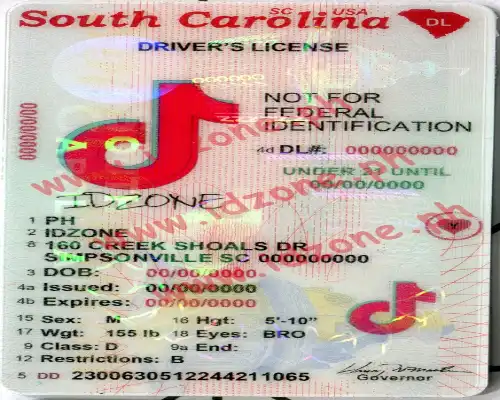
How to Generate Scannable IDs Quickly and Easily
In today’s fast-paced digital world, scannable IDs have become a standard requirement in many sectors, including education, healthcare, logistics, events, and security. Whether you’re a school administrator issuing student IDs, a business owner creating access cards, or an event organizer needing quick check-in solutions, generating Scannable ID is a necessity. Fortunately, creating high-quality, scannable IDs quickly and easily is more accessible than ever. This guide explores the tools, tips, and best practices for generating scannable IDs efficiently.
What Is a Scannable ID?
A scannable ID is an identification card or badge embedded with machine-readable information. This can include barcodes, QR codes, magnetic strips, or RFID chips. When scanned, the ID reveals stored data such as names, ID numbers, access permissions, or other relevant information. These IDs streamline verification processes and improve security and convenience.
Why Use Scannable IDs?
Scannable IDs offer numerous benefits:
- Speed: Fast scanning speeds up check-ins and access control.
- Accuracy: Automated data capture reduces human error.
- Security: Restricts access to authorized users.
- Tracking: Enables real-time monitoring and data collection.
- Professionalism: Presents a modern, tech-savvy image for organizations.
Steps to Generate Scannable IDs
Creating professional, scannable IDs doesn’t require expensive software or technical expertise. Here’s a step-by-step guide to get you started:
- Choose the Type of Scannable Code
Decide whether you need a QR code, barcode, magnetic stripe, or RFID/NFC chip based on your requirements:
- QR codes: Store URLs or text; ideal for quick redirection or contactless check-ins.
- Barcodes: Best for inventory, staff, or student tracking systems.
- Magnetic strips & RFID chips: Useful for high-security environments needing access control.
- Select an ID Card Design Tool
Numerous free and paid tools are available to design and print IDs:
- Canva (for simple, stylish layouts)
- Adobe Express (customizable ID templates)
- IDCreator and EasyBadge (specialized ID software)
- BadgeMaker and Avery Design & Print (for bulk printing and encoding)
These platforms let you add text fields, logos, user photos, and scannable elements with ease.
- Generate the Scannable Code
Use online code generators to create the scannable elements:
- QR Code Generator (qr-code-generator.com)
- Barcode Generator (barcodesinc.com)
- RFID/NFC Programming Tools (like GoToTags for NFC chips)
Input the data you want the code to contain—this could be a URL, numeric ID, or database record.
- Integrate the Code Into Your Design
Download the generated QR code or barcode and insert it into your ID card layout. Make sure it’s placed in a visible location with enough white space around it to ensure scannability.
- Print the ID Cards
For best results, use a dedicated ID card printer such as:
- Zebra
- Evolis
- Fargo
- Magicard
You can also use regular laser or inkjet printers if printing on PVC ID card sheets or paper badges for temporary use.
- Test the Scannability
Before mass production, always test your ID cards using:
- A mobile QR/barcode scanning app
- A USB barcode scanner
- An NFC reader (if using RFID)
Ensure the data appears correctly and the scanner recognizes it immediately.
Tips for Effective Scannable IDs
To maximize the effectiveness of your scannable IDs, keep these tips in mind:
- High Contrast: Use dark code colors on light backgrounds.
- Code Size: Don’t make the code too small—at least 1″x1″ is ideal.
- Avoid Distortion: Maintain the aspect ratio of QR or barcode images.
- Laminate for Durability: Protect against wear and tear with lamination or card sleeves.
- Update Regularly: Periodically review and update data embedded in the codes if applicable.
Use Cases for Scannable IDs
Scannable IDs are used across industries:
- Schools/Colleges: For student attendance and library checkouts
- Events: Fast entry and credential verification
- Workplaces: Employee time tracking and facility access
- Healthcare: Patient ID wristbands and medication tracking
- Retail: Loyalty cards and discount programs
Conclusion
Generating Scannable ID quickly and easily is no longer reserved for tech experts. With the right tools and approach, anyone can create professional, secure, and fully functional ID cards tailored to their specific needs. Whether you’re managing a small team or a large-scale event, scannable IDs enhance organization, security, and efficiency.
Take advantage of modern design tools and code generators today, and simplify your identification processes with ease.
